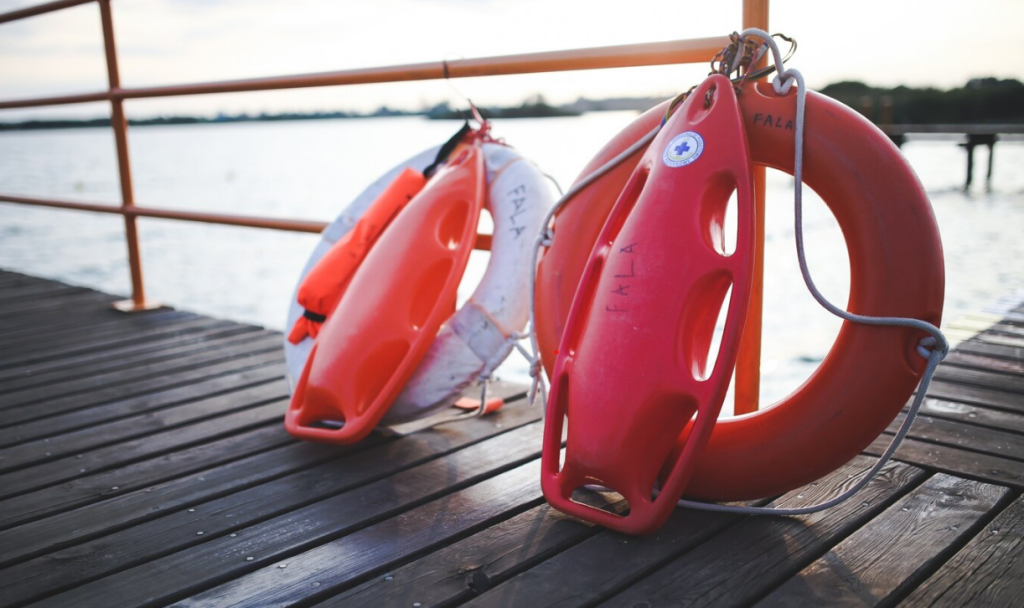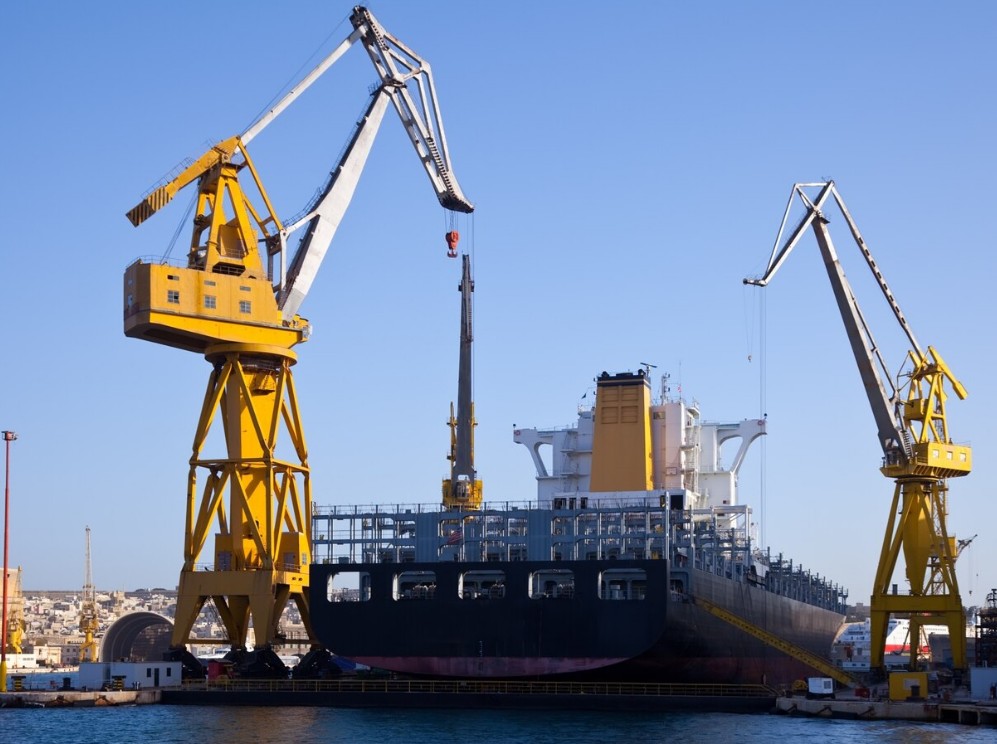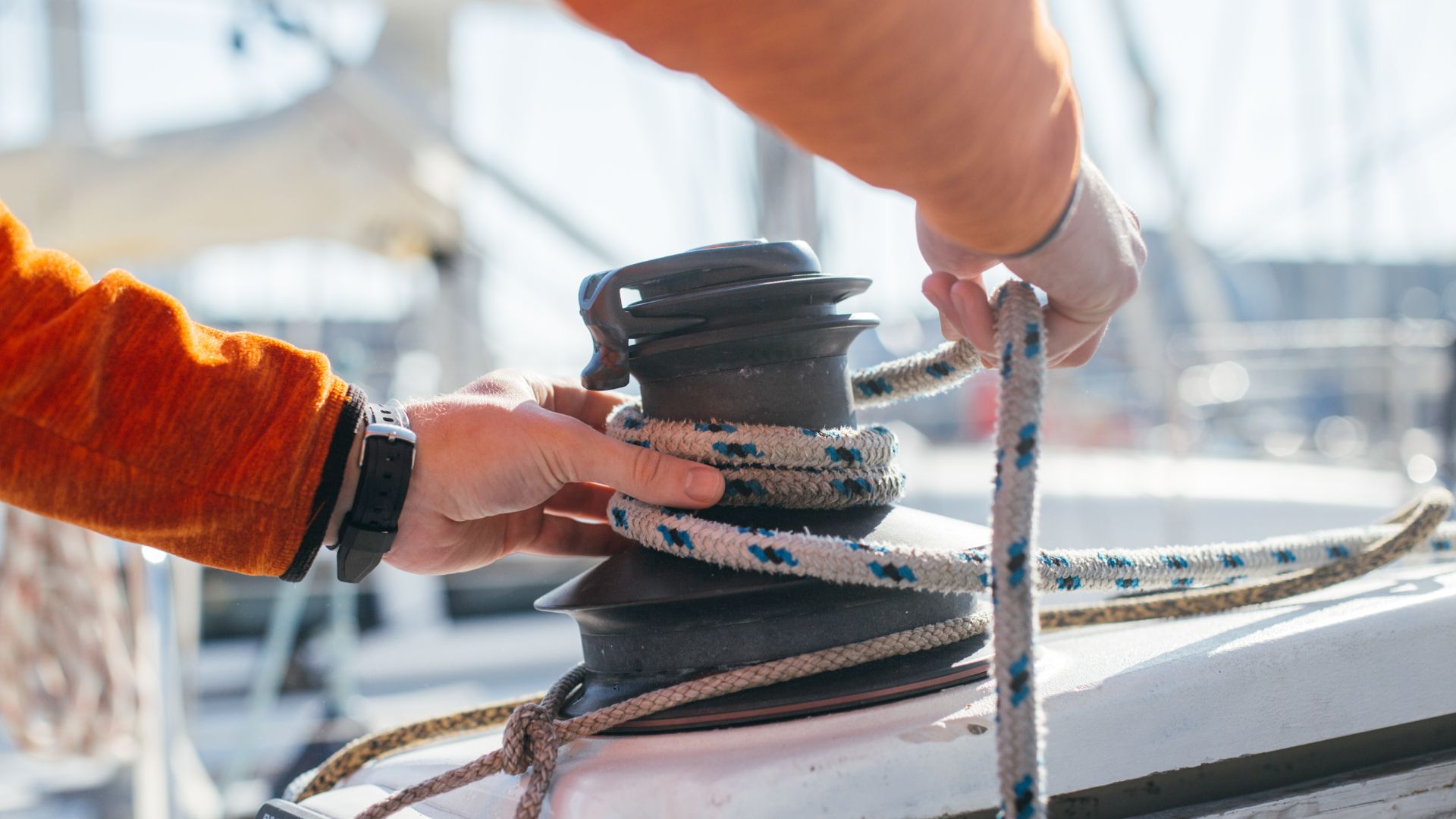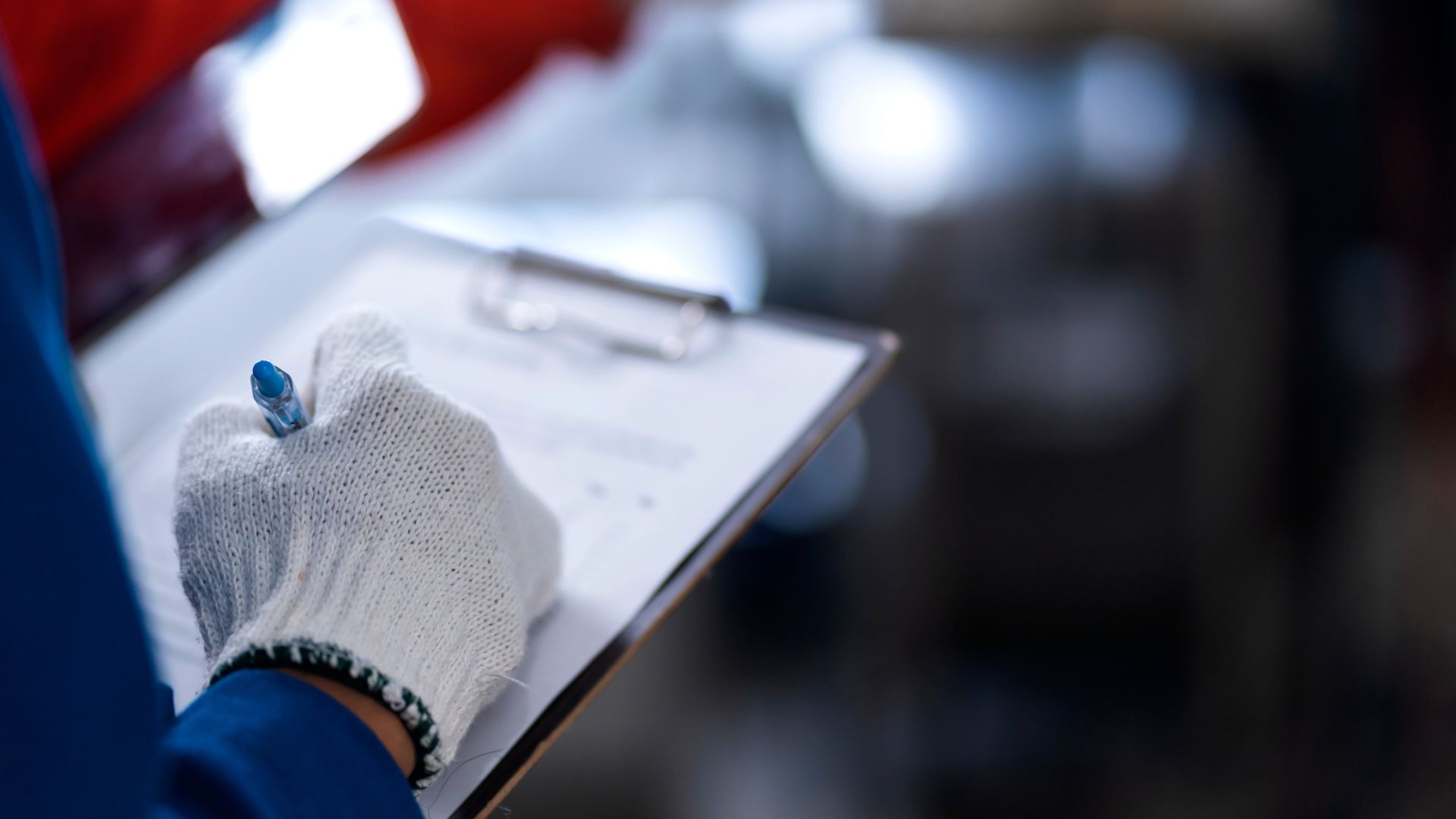Ensuring Compliance: Ship Life-Saving Equipment Requirements
Introduction Maritime safety is non-negotiable. Ships, regardless of size or...

Maritime safety is non-negotiable. Ships, regardless of size or function, must meet global safety compliance standards. This includes having functioning, certified, and regularly inspected ship life-saving equipment onboard. The risks of non-compliance? Catastrophic accidents, loss of lives, vessel detainment, or legal liabilities. Shipowners, operators, and managers must focus on calibration services in UAE, ship fire safety equipment, and compliance calibration to ensure smooth operations.
life-saving appliance servicing across the UAE.
Even modern vessels are vulnerable to emergencies. From collisions to engine fires, it’s the life-saving equipment like lifeboats, life jackets, and EPIRBs that determines survival. These tools are essential during evacuation and rescue.

Maritime bodies like IMO and SOLAS enforce the use of mandatory marine safety products. Without certified tools and logs, port detentions and insurance issues are guaranteed.
Failure to comply with regulations can:
SOLAS outlines requirements on deployment, documentation, and design of life-saving equipment such as lifeboats, fire extinguishers, and EPIRBs.
IMO’s technical circulars guide maritime nations on best practices for equipment usage and reporting.
Flag states like Panama, Liberia, and UAE impose specific rules, with classification societies such as DNV and Lloyd’s executing audits.
Certifications must be renewed annually or bi-annually. Unannounced inspections are common.
Capacity per crew, rapid launch mechanisms, and compliance documentation are essential.
SOLAS mandates these for all personnel, and they must be accessible and regularly inspected.
Rafts must be deployed within 60 seconds. Survival kits must include water, rations, and flares.
These must be registered with authorities and tested periodically.
Includes hydrants, hoses, fixed fire suppression systems, and breathing masks.
Satellite phones, SARTs, VHF radios, and flares are required for modern vessels.
From flow meter calibration to ship engine sensor calibration, accuracy in measurement and signaling is vital.
They audit your documentation, inspect equipment, and issue required certificates.
Expired certificates, malfunctioning alarms, and poor maintenance logs top the failure list.
Delaying inspection to save cost is shortsighted. Fines and detentions cost more than compliance.
Even top-tier equipment fails if the crew is untrained. Drills and refreshers must be mandatory.
Stay updated with SOLAS amendments and invest in compliance calibration services to ensure long-term efficiency.
Arcship handles end-to-end solutions:
Certification in line with SOLAS & UAE port standards.
Our team offers predictive maintenance, emergency readiness evaluation, and digital log management.
Arcship adjusts its servicing to your vessel’s operations—be it oil tankers, container ships, or offshore rigs.

If your vessel isn’t 100% compliant, it’s a liability. Regulations won’t wait, and port state control won’t compromise. Arcship ensures your life-saving equipment, engine overhauling, and calibration services in UAE are not only compliant but future-ready. Partner with us to stay audit-ready and sea-safe.
Lifeboats, life rafts, EPIRBs, immersion suits, and distress signals.
Annually or as per flag state & classification society guidelines.
IMO standards are enforced by UAE port authorities and classification societies.
Yes, including fines, detainment, and insurance voids.
Yes. Arcship offers certified compliance calibration, engine overhauling, and life-saving appliance servicing across the UAE.

Head Office : SHED #182B AL JADDAF DRYDOCK WORLD, P.O BOX -65565, DUBAI, UAE
Tel: +971 555787949
Email: info@arcship.ae
© ARCSHIP MANAGEMENT. All rights reserved.


